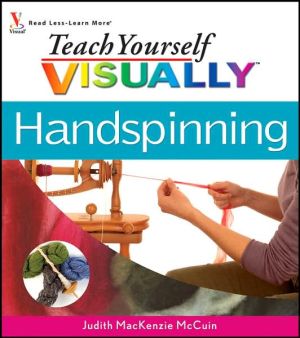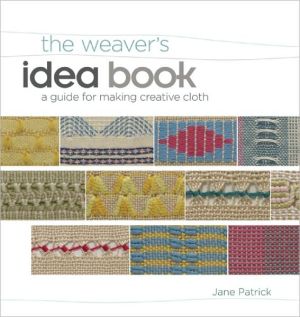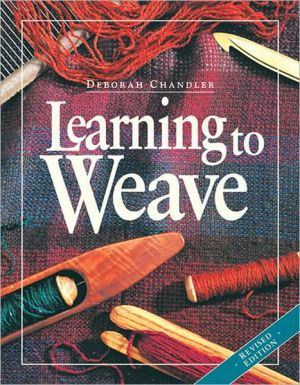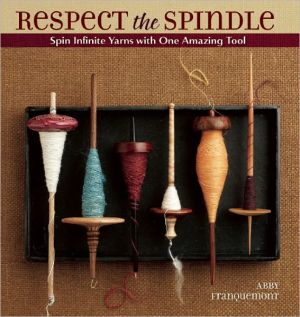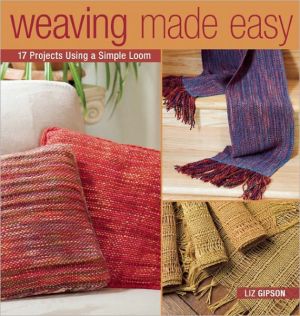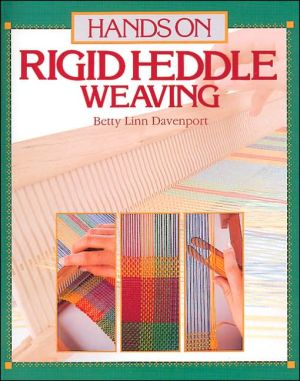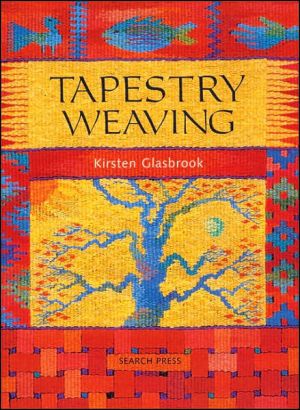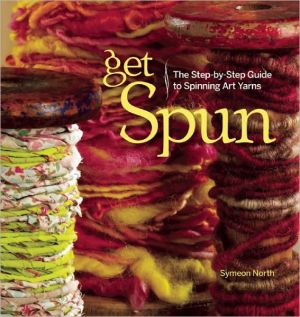Teach Yourself VISUALLY Handspinning
With its soothing, meditative effect, handspinning is a relaxing hobby, and the beautiful yarns you create are an even better reward. This visual guide shows you the basics, beginning with the tools and fibers, and takes you through spinning, plying, making novelty yarns, using exotic fibers, dyeing, and more. Whether you use an inexpensive hand spindle or splurge on a spinning wheel, stick with wool or try alpaca, cashmere, or cotton, you'll learn how to create fun, original, one-of-a-kind...
Search in google:
With its soothing, meditative effect, handspinning is a relaxing hobby, and the beautiful yarns you create are an even better reward. This visual guide shows you the basics, beginning with the tools and fibers, and takes you through spinning, plying, making novelty yarns, using exotic fibers, dyeing, and more. Whether you use an inexpensive hand spindle or splurge on a spinning wheel, stick with wool or try alpaca, cashmere, or cotton, you'll learn how to create fun, original, one-of-a-kind yarns that you can knit or weave into truly unique, handmade, and all-natural creations.Concise two-page lessons show you all the steps to a skill and are ideal for quick review The skill demonstrated is defined and describedDetailed color photos demonstrate each stepStep-by-step instructions accompany each photoHelpful tips provide additional guidance Jan Zlendich - Library Journal A textile artist of 30 years who has taught handspinning throughout the United States and Canada, McCuin is eminently qualified to instruct on the craft. Beginners will find this a good general introduction to spinning with hand spindle and spinning wheel, while experienced handspinners will learn from its detailed information on spinning novelty yarns. Throughout, McCuin highlights inexpensive ways to sample the craft before purchasing costly equipment, e.g., by experimenting first with an inexpensive homemade warp-weighted loom. Libraries may want to supplement with an instructional DVD (e.g., Patsy Zawistoski's Spinning Wool: Basics & Beyond) as the Achilles' heel of this otherwise superb work is the photography: many of the images are too small or taken from too far a distance. Still, it is well worth purchasing, especially for public libraries catering to potential spinners.
Chapter 1. Why Spin? Why We Spun Then. Why We Spin Now. Chapter 2. Spinning Tools. Hand Spindles. Spinning Wheels. Spinning Wheel Accessories. Maintain Your Wheel. Processing Tools. Chapter 3. Spinning Fibers. Types of Fibers. Protein Fibers. Cellulose Fibers. Specialty Fibers. Start a Stash. Prepare the Fiber. Chapter 4. Start Spinning. A Spinner’s Hands. Spin on a Hand Spindle. Spin on a Wheel. Troubleshooting. Chapter 5. Types of Spinning. Worsted Spinning. Woolen Spinning. Spin a Slub Yarn. Draft a Bouclé Yarn. Finish Your Yarn. Chapter 6. Ply Your Yarn. Why Ply? Prepare to Ply. Make a Two-Ply. Make a Three-Ply. Troubleshooting . Chapter 7. Make a Cabled Yarn. What Is a Cabled Yarn? Why Cable? Cable with a Hand Spindle. Cable with a Spinning Wheel. Different Types of Cables. Troubleshooting. Chapter 8. Spin Novelty Yarns. What Is a Novelty Yarn? Color Variations. Textured Yarns. Bouclés. Garnetted Yarns. Encased Yarns. Chapter 9. Spin Exotic Fibers. Alpaca and Llama. Angora Rabbit. Bast Fibers: Flax, Hemp, and Ramie. Cotton. Down Fibers: Camel, Dog Hair, and Cashmere. Goat Fibers: Mohair and Pygora (Type A). Silk: Cultivated, Tussah, and Novelties. Wild Fibers: Bison and Qiviut. Chapter 10. Spin with Color. Introduction to Dyes. Set Up a Dye Space. Prepare the Fiber for Dyeing. Color in the Dye Pot. Novelty Dye Techniques. Spin for Color. Spin Carded Color. Chapter 11. Use Your Handspun. Knit with Handspun. Weave with Handspun. Appendix A: The Spinning Community. Appendix B: Spinning Reference Materials. Glossary of Handspinning Terms. Index.
\ Library JournalSpinning guru McCuin has organized her book into a series of two-page lessons, with each lesson offering definitions and descriptions, photographs of the technique, step-by-step instructions, and helpful hints and tricks. The illustrations shift back and forth between featuring drop spindles and spinning wheels, emphasizing that these techniques can be used with whichever set of tools the spinner chooses. (LJ 8/07)\ \
